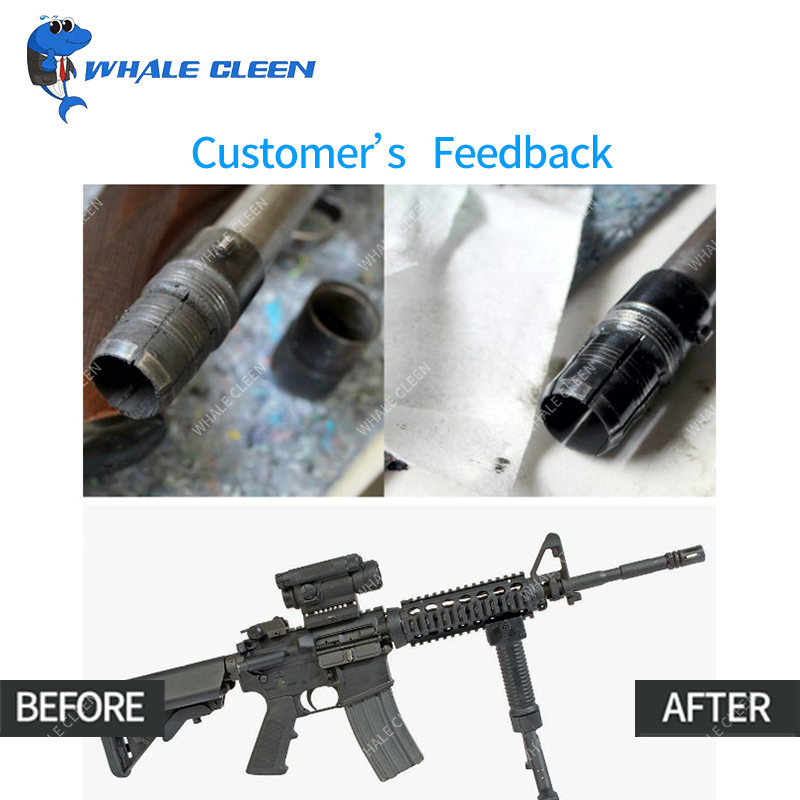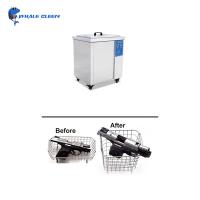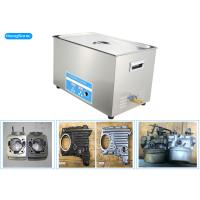Guangdong Blue Whale Ultrasonic Equipment Co;Ltd
We, Guangdong Blue Whale Utrasonic Cleaning Equipment Co.,
Limited is located in both Dong Guan City and Shen Zhen City, Guang
Dong Province. With the trust and support of our customers, we have
more than 18 years experience in this filed, Then we want to do
some difference from the market, not only selling but also helping.
For distributors, we provide superb equipements and good
solutions(include 12 cleaning serise) for your customer,
free training and free aftersales to make long term and win-win
result.
For terminal clients, we support u best quality machine and good
service and cleaning solution till u make full use of the
equipments.
We have strong customer feedback in many industries like
Automotive, Molds, Aerospace, Firearms and etc.
We are here for you at 24/7. Please do not hesitate to contact us
if you are interested in our products.













